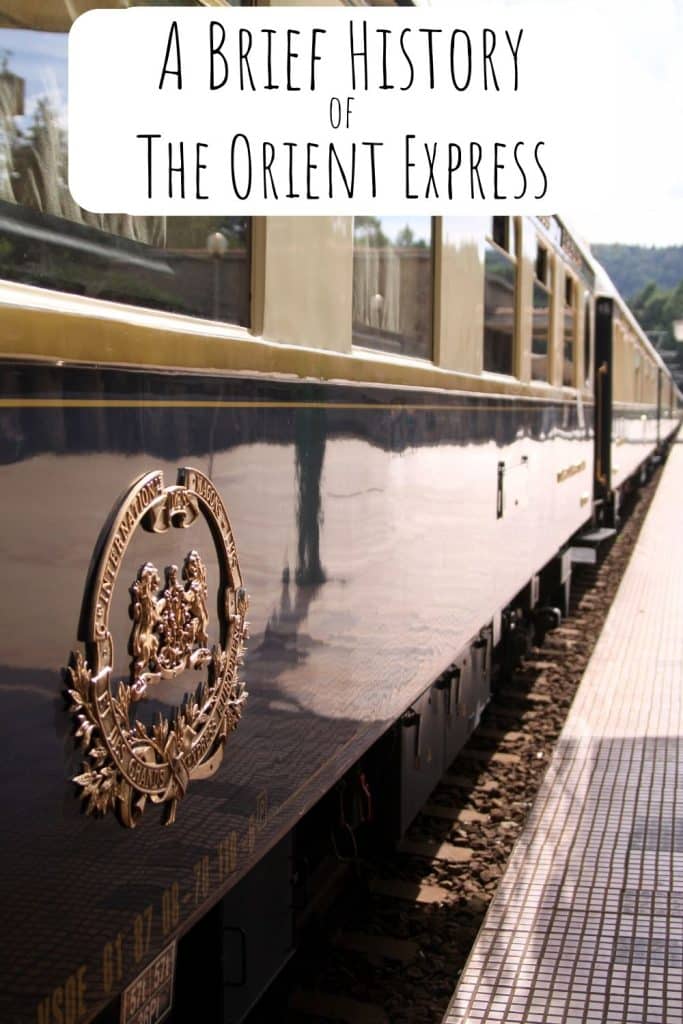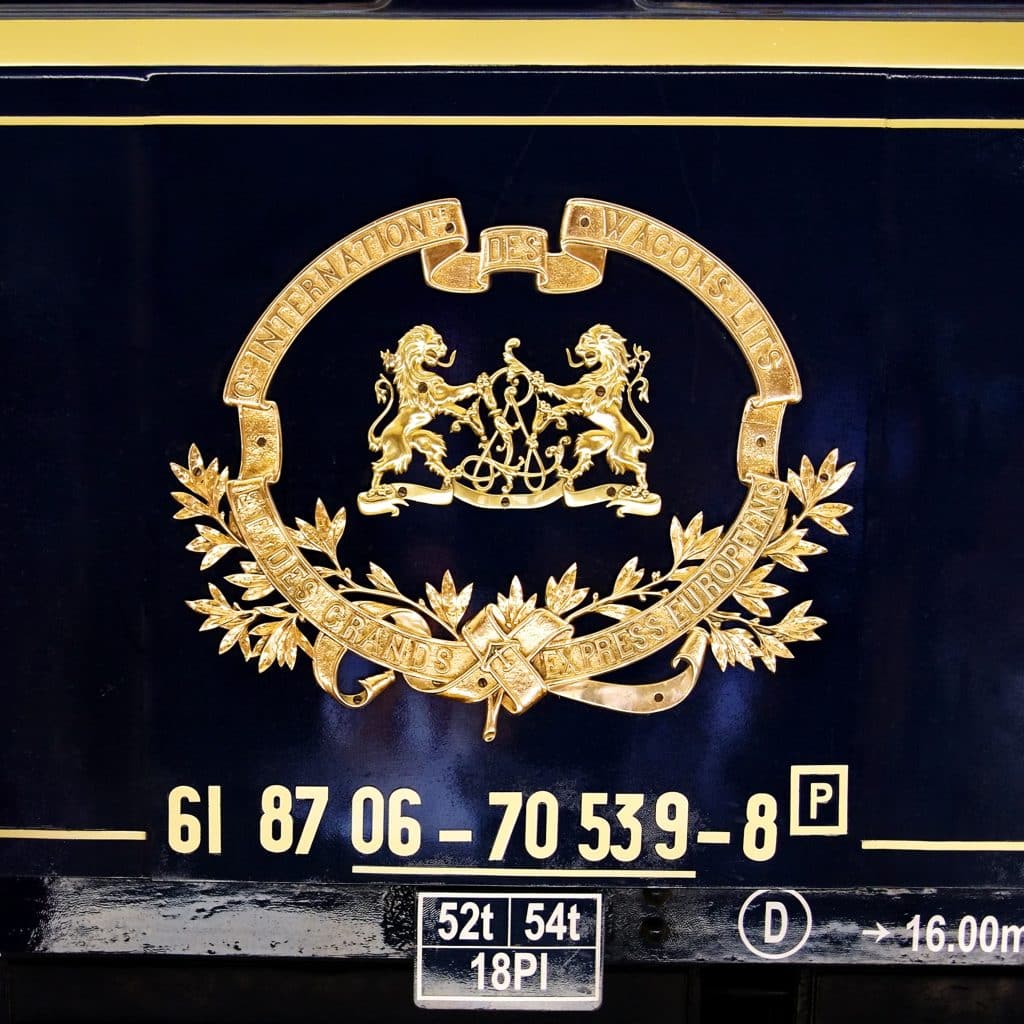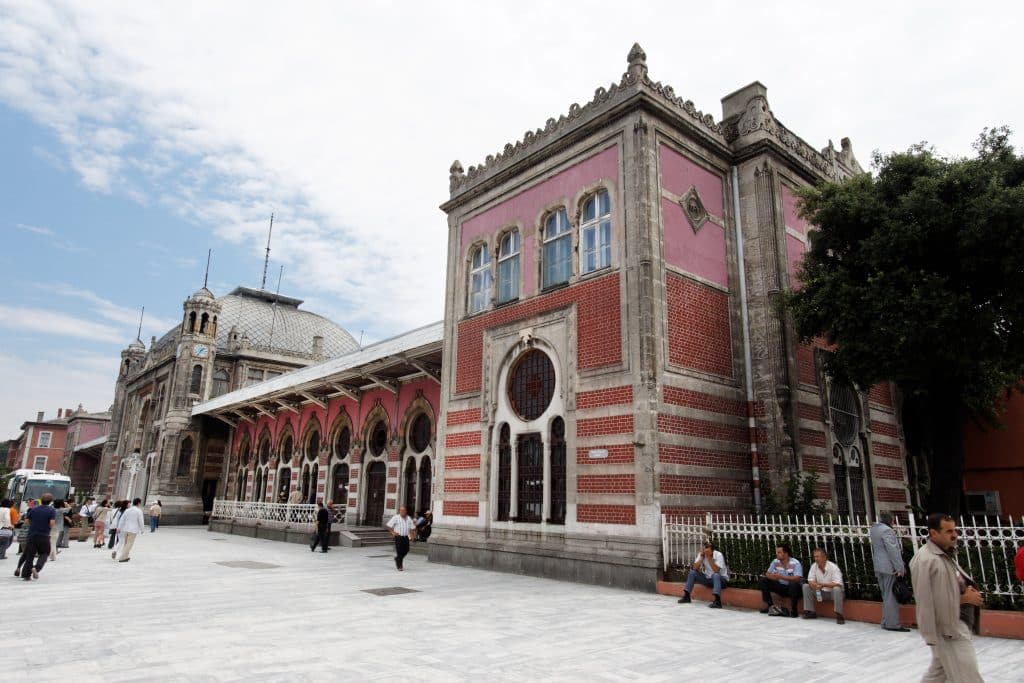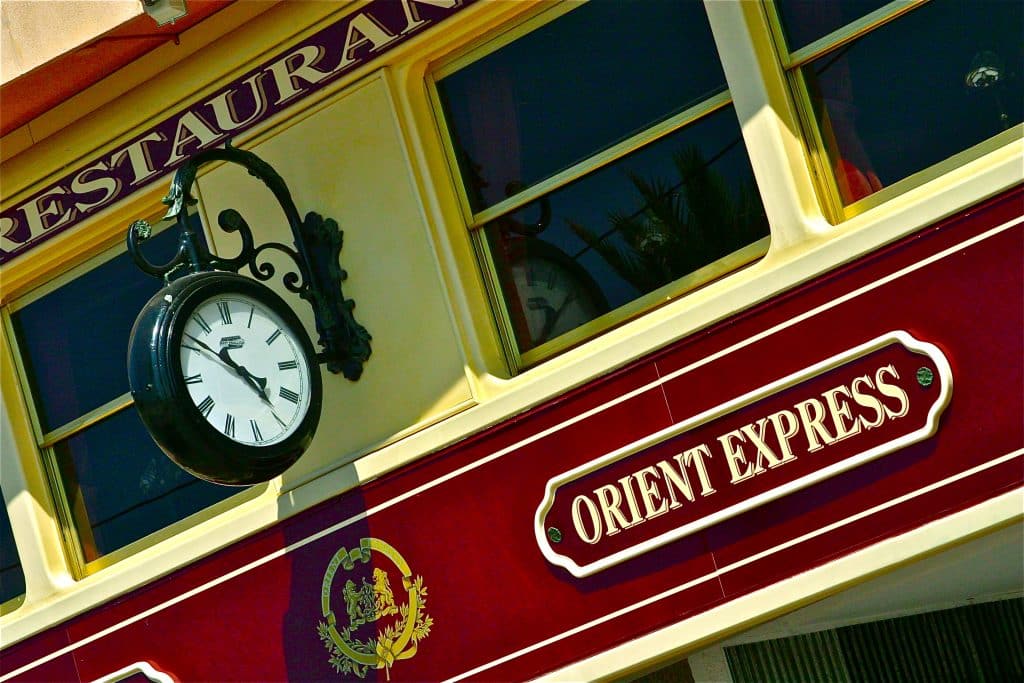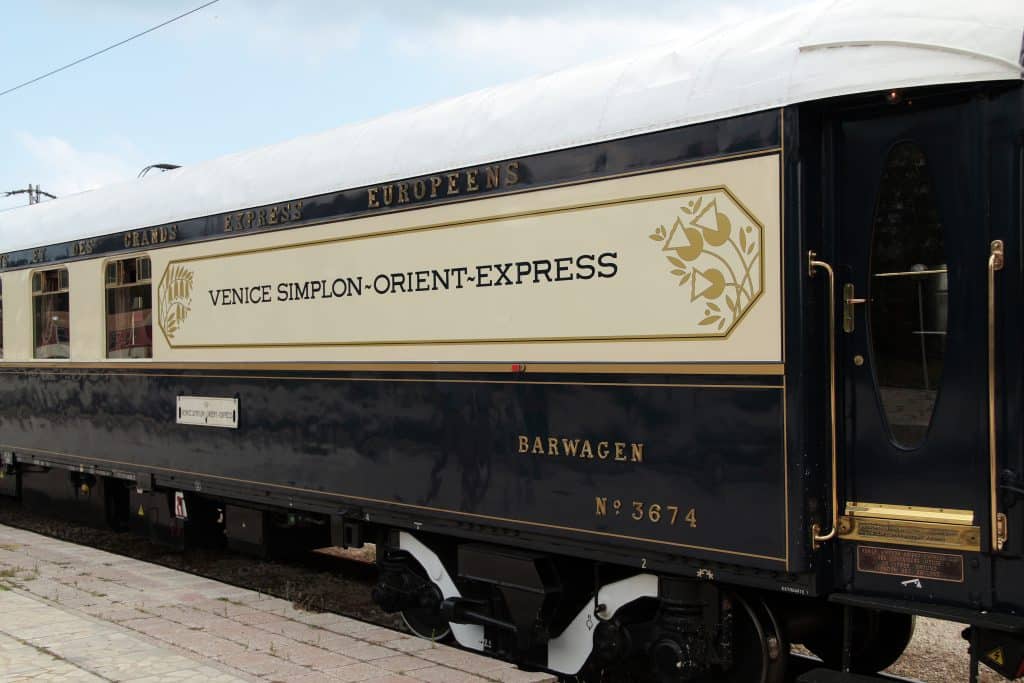A Brief History of the Orient Express
The Orient Express, a legendary train that conjures images of luxury, intrigue, and romance, holds a unique place in the annals of transportation history. This brief history of the Orient Express aims to provide a concise overview of the Orient Express, shedding light on its origin, historical significance, cultural impact, and other relevant aspects that have contributed to its enduring legacy. Taking a trip on the Orient Express is one of the very few travel experiences I have on my bucket list and is something I am determined to make happen.
How did The Orient Express originate?
The Orient Express made its inaugural journey on October 4, 1883, departing from Paris, France. The train service was initially operated by the Compagnie Internationale des Wagons-Lits (CIWL), a Belgian company founded by Georges Nagelmackers. Nagelmackers was inspired by the luxurious sleeping cars he had encountered during a trip to the United States, leading him to envision a similarly lavish train for European travel.
The original route of the Orient Express connected Paris to the city of Constantinople (now Istanbul) in the Ottoman Empire. The journey encompassed several countries, including Belgium, Germany, Austria-Hungary, Romania, and Bulgaria. Over time, additional routes were established, and the Orient Express expanded to include destinations such as Athens, Bucharest, and even as far as Baghdad, providing an unparalleled means of transportation through Europe and the Orient.
What is the cultural significance of The Orient Express?
The Orient Express quickly became synonymous with sophistication, elegance, and adventure. Its opulent carriages, sumptuous dining cars, and impeccable service attracted an exclusive clientele of wealthy and influential individuals. The train became a symbol of prestige and a platform for social interaction among the European elite. The experience of traveling on the Orient Express became ingrained in popular culture, inspiring authors, filmmakers, and artists who sought to capture its allure and mystique.
Throughout its history, the Orient Express bore witness to numerous significant historical events and hosted a range of notable passengers. During World War I, the train ceased operations due to the conflict, and its carriages were repurposed for military use. Following the war, the Orient Express resumed service, attracting renowned figures such as royalty, diplomats, and writers like Agatha Christie, who famously set her detective novel “Murder on the Orient Express” aboard the train.
In the 20th century, the Orient Express faced various challenges, including geopolitical changes, the advent of air travel, and the aftermath of World War II. These factors gradually led to a decline in the train’s popularity and the discontinuation of its original route in 1977. However, the name and spirit of the Orient Express lived on, with several companies offering train services under similar names and nostalgic themes. In recent years, efforts have been made to revive the original route and restore the iconic train to its former glory, with select luxury services operating parts of the historic journey.
The Orient Express stands as a testament to the golden age of rail travel, capturing the imagination of generations with its timeless allure and romantic associations. From its inception in the late 19th century to its enduring legacy in the 21st century, the Orient Express remains an emblem of luxury, adventure, and cultural fascination. While the original train may no longer travel the entirety of its historic route, its legend lives on, continuing to captivate travelers and inspire dreams of a bygone era.
Where can I learn more about The Orient Express in person?
To learn more about the Orient Express in person and immerse yourself in its rich history, there are several destinations and attractions you can visit. Here are a few notable places:
The Orient Express Train Carriages (Various Locations):
Several original Orient Express train carriages have been preserved and can be visited at various museums and locations worldwide. These carriages offer a glimpse into the luxurious interiors and exquisite craftsmanship of the iconic train. Examples include:
The National Railway Museum in York, England: This museum houses an Orient Express carriage called “Phoenix,” which is open for public viewing.
The Istanbul Railway Museum in Istanbul, Turkey: The museum displays a beautifully restored Orient Express carriage, allowing visitors to step back in time and experience the train’s elegance.
The Orient Express Restaurant in Strasbourg, France:
Located in the city of Strasbourg, the Orient Express Restaurant pays homage to the iconic train. The restaurant has recreated the luxurious ambiance of the Orient Express with meticulously designed interiors resembling the original carriages. Visitors can enjoy fine dining while immersing themselves in the train’s atmosphere.
The Pera Palace Hotel in Istanbul, Turkey:
The Pera Palace Hotel in Istanbul holds historical significance as the final destination of the original Orient Express. It was built to accommodate the train’s passengers and has hosted numerous notable figures throughout its history, including Agatha Christie (they even have a room dedicated to her that you can stay in!). The hotel features an Orient Express Exhibition, where you can learn about the train’s past and view artifacts and memorabilia.
The Venice Simplon-Orient-Express (Various Routes):
While not an exact replica of the original Orient Express, the Venice Simplon-Orient-Express offers a luxurious and nostalgic train journey that evokes the spirit of its predecessor. This train operates several routes across Europe, including the classic Venice to Paris route, Venice to Istanbul route, and others. Traveling aboard the Venice Simplon-Orient-Express allows you to experience the elegance, vintage charm, and exceptional service reminiscent of the original train.
It’s important to note that availability and specific locations may vary, so it’s recommended to check the opening hours, exhibitions, and availability of visits in advance. Additionally, there may be other museums, exhibitions, or locations dedicated to the Orient Express that have been established or may even emerge in the future!
